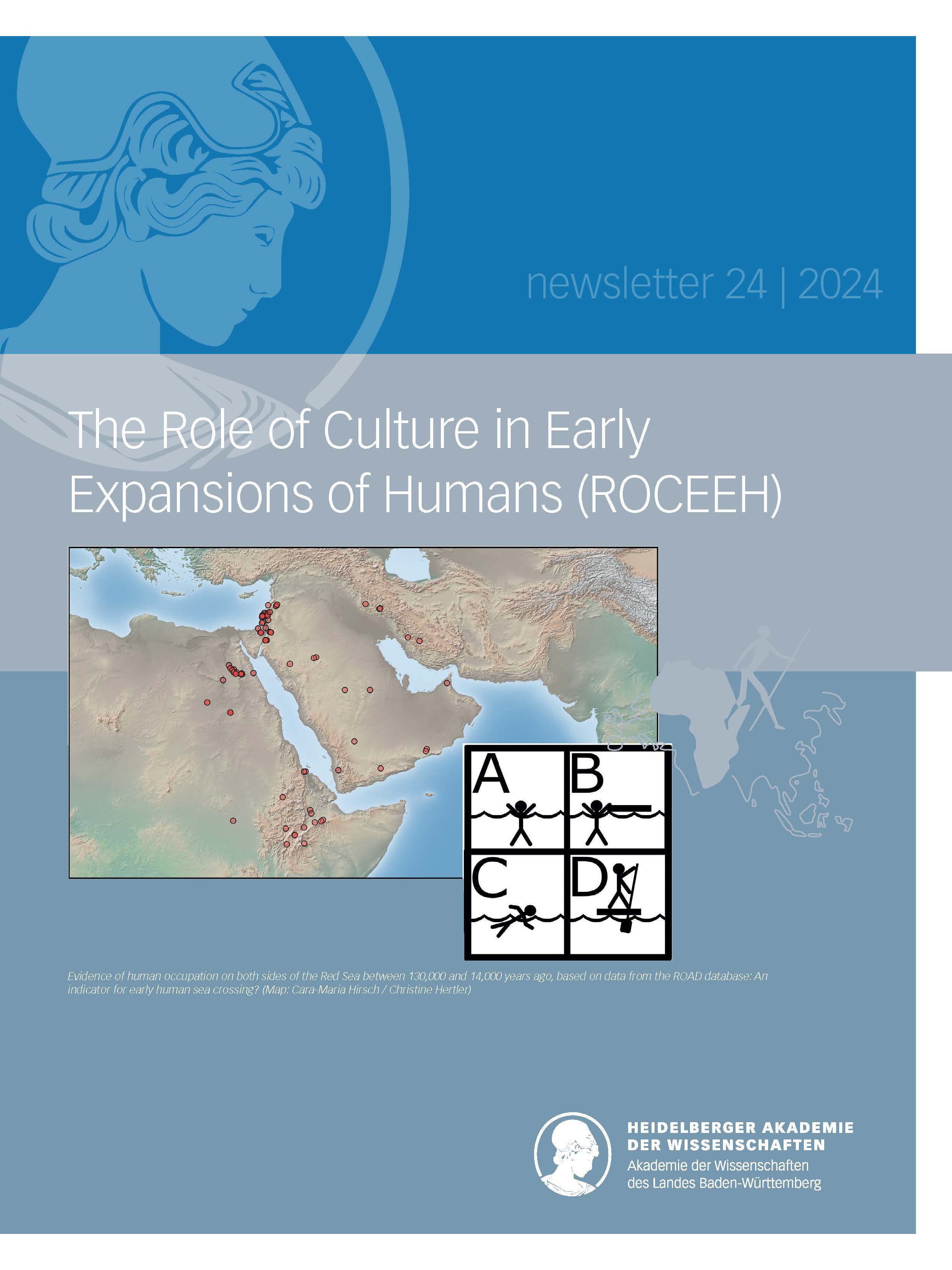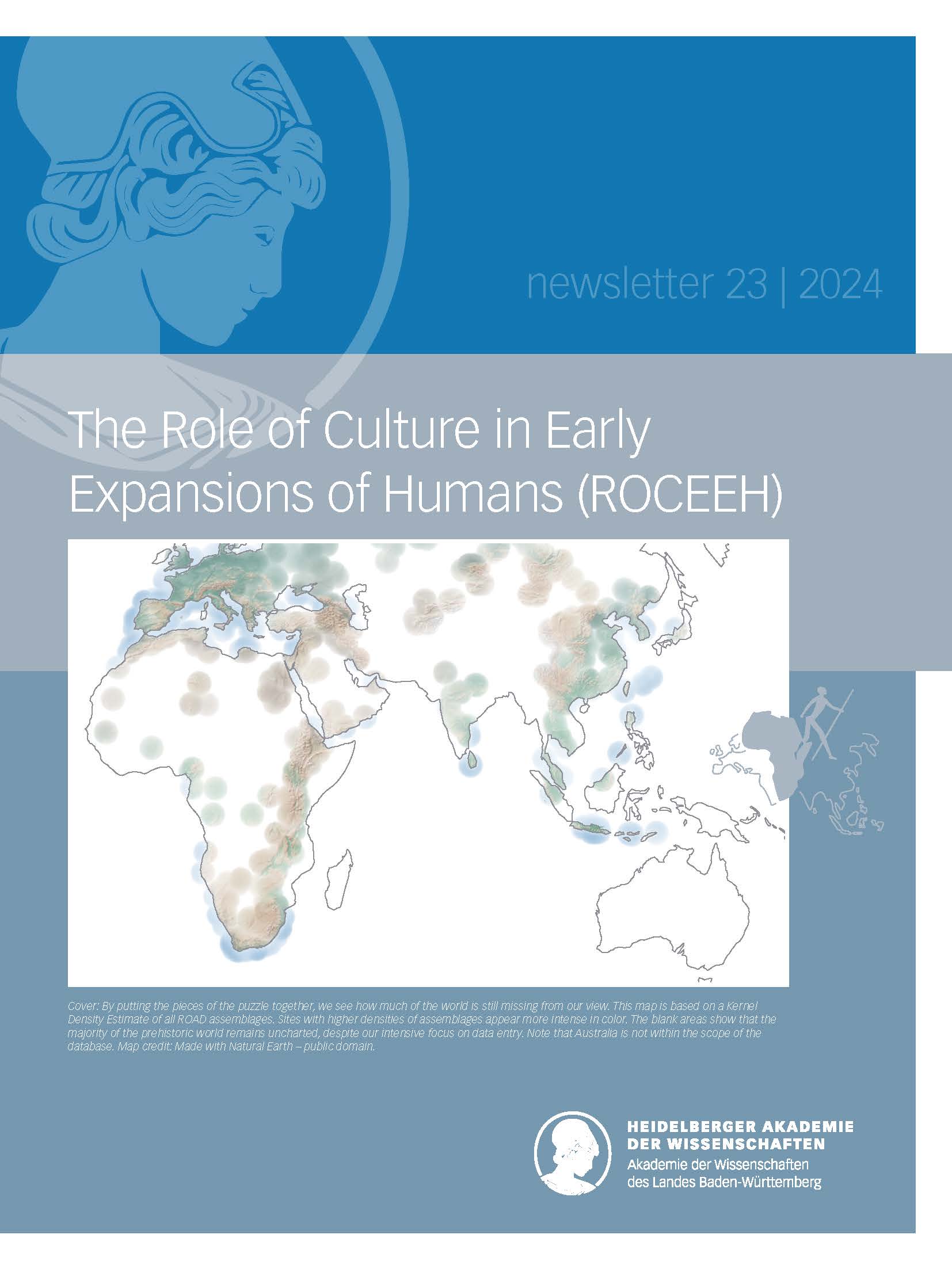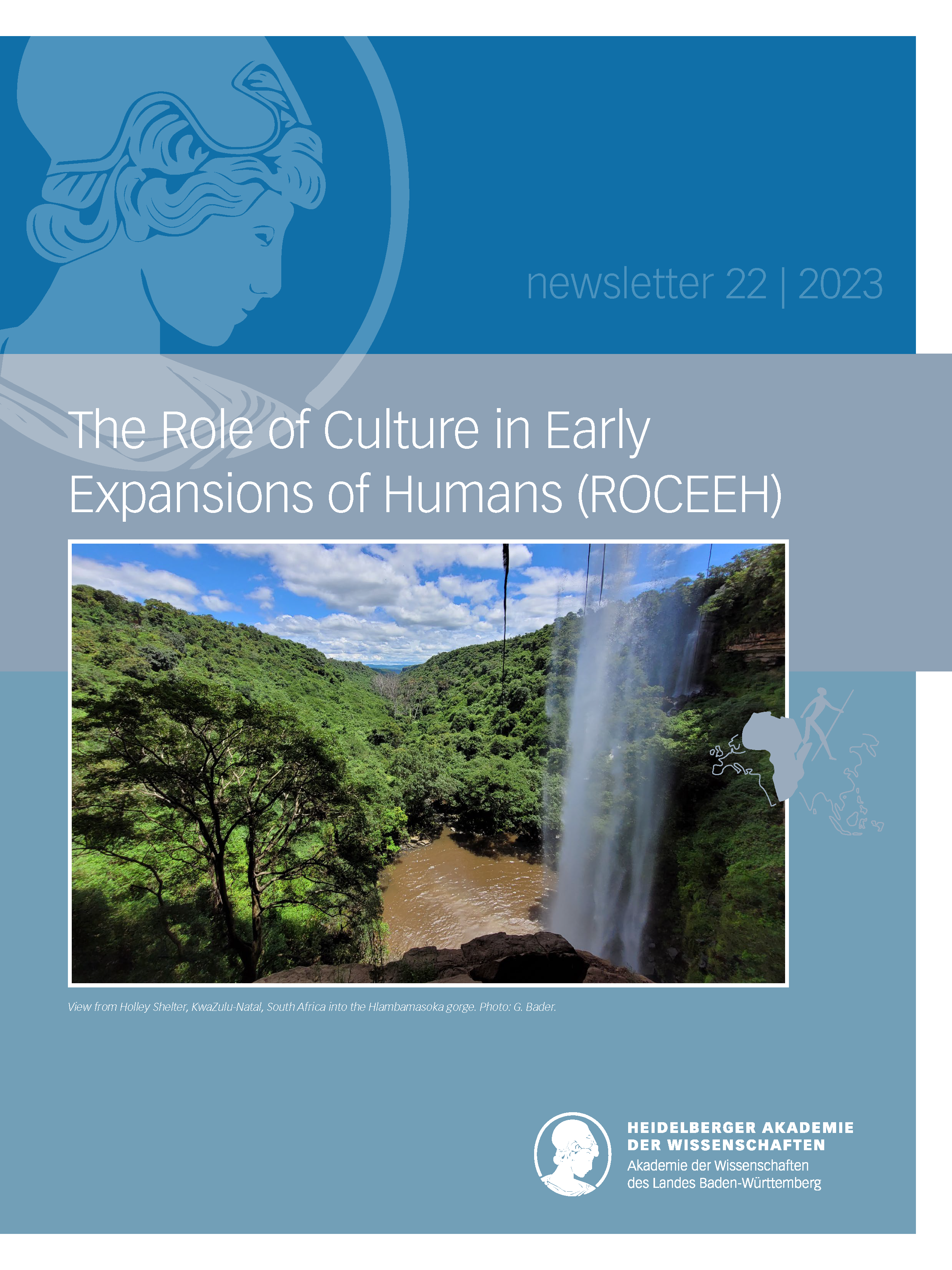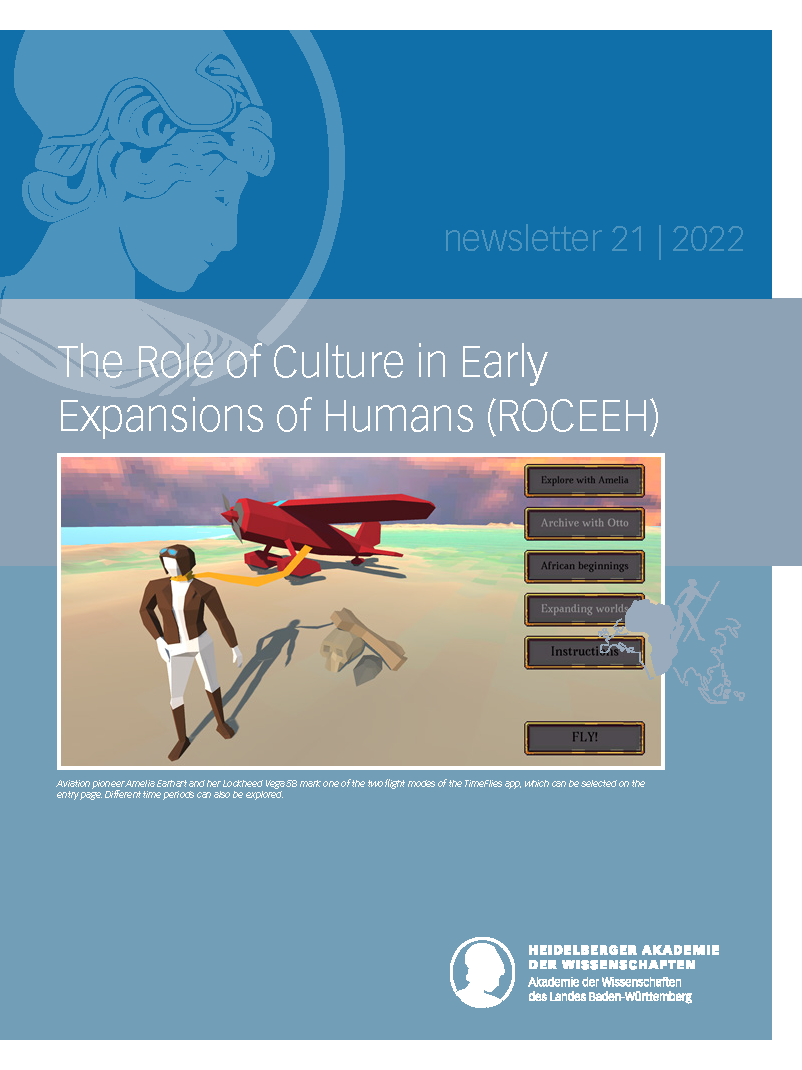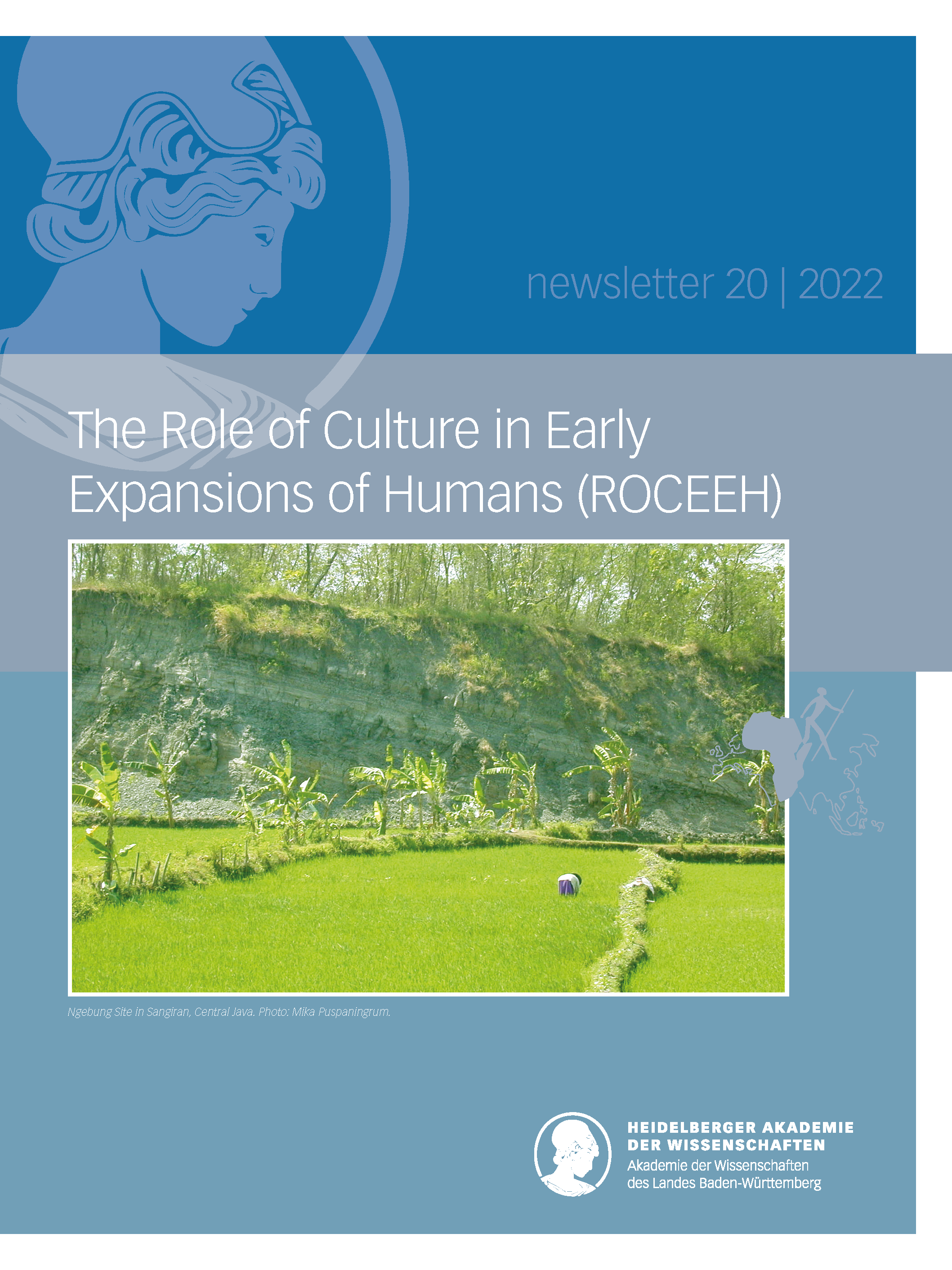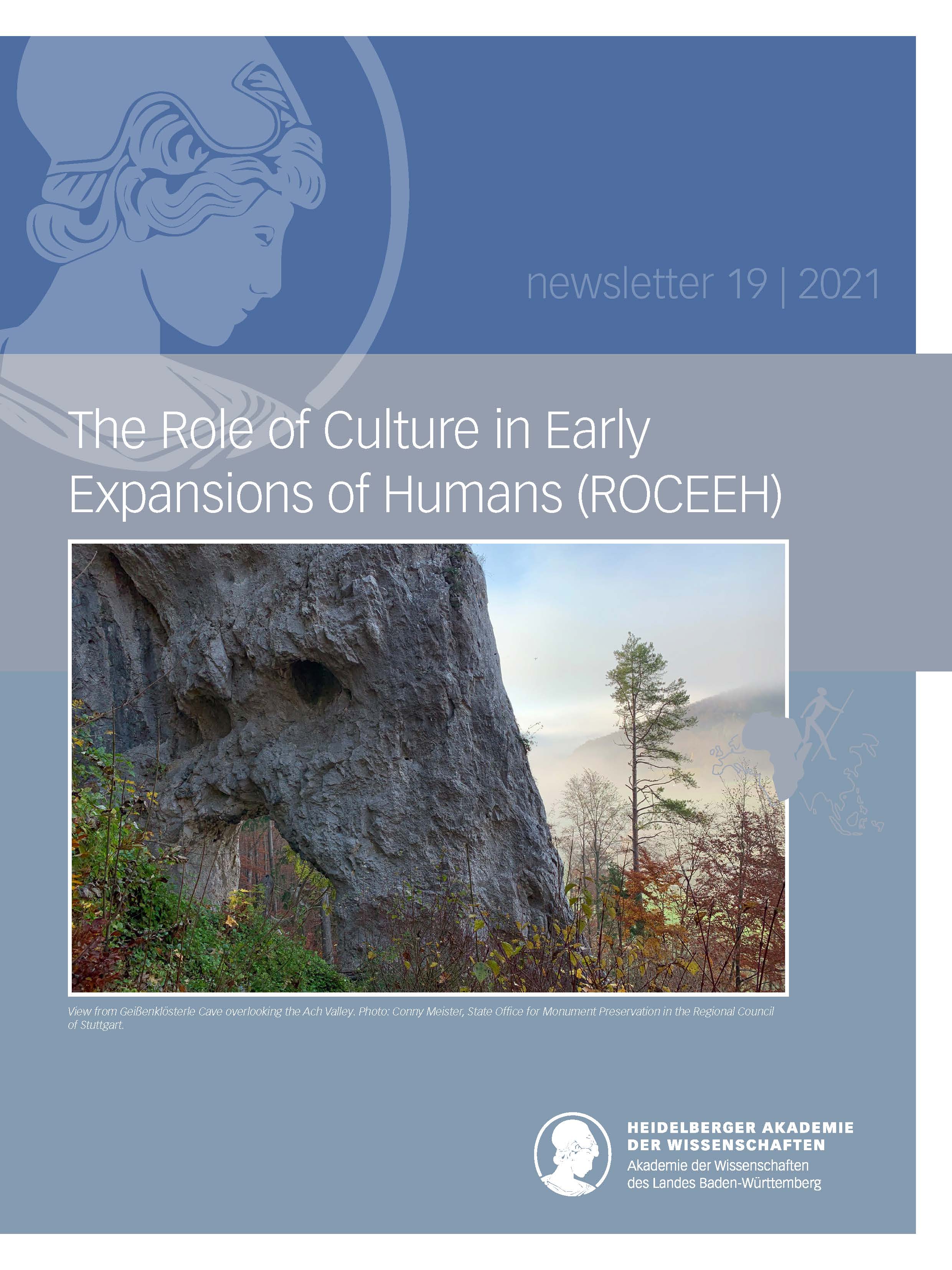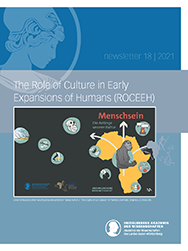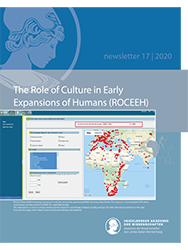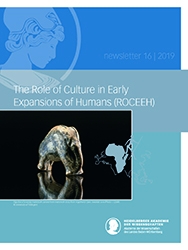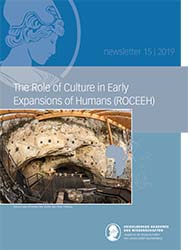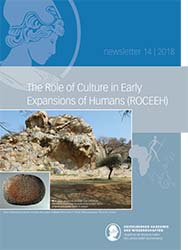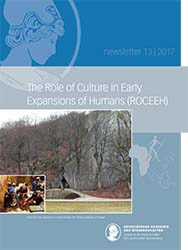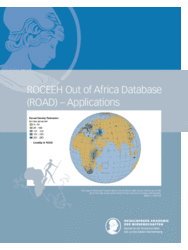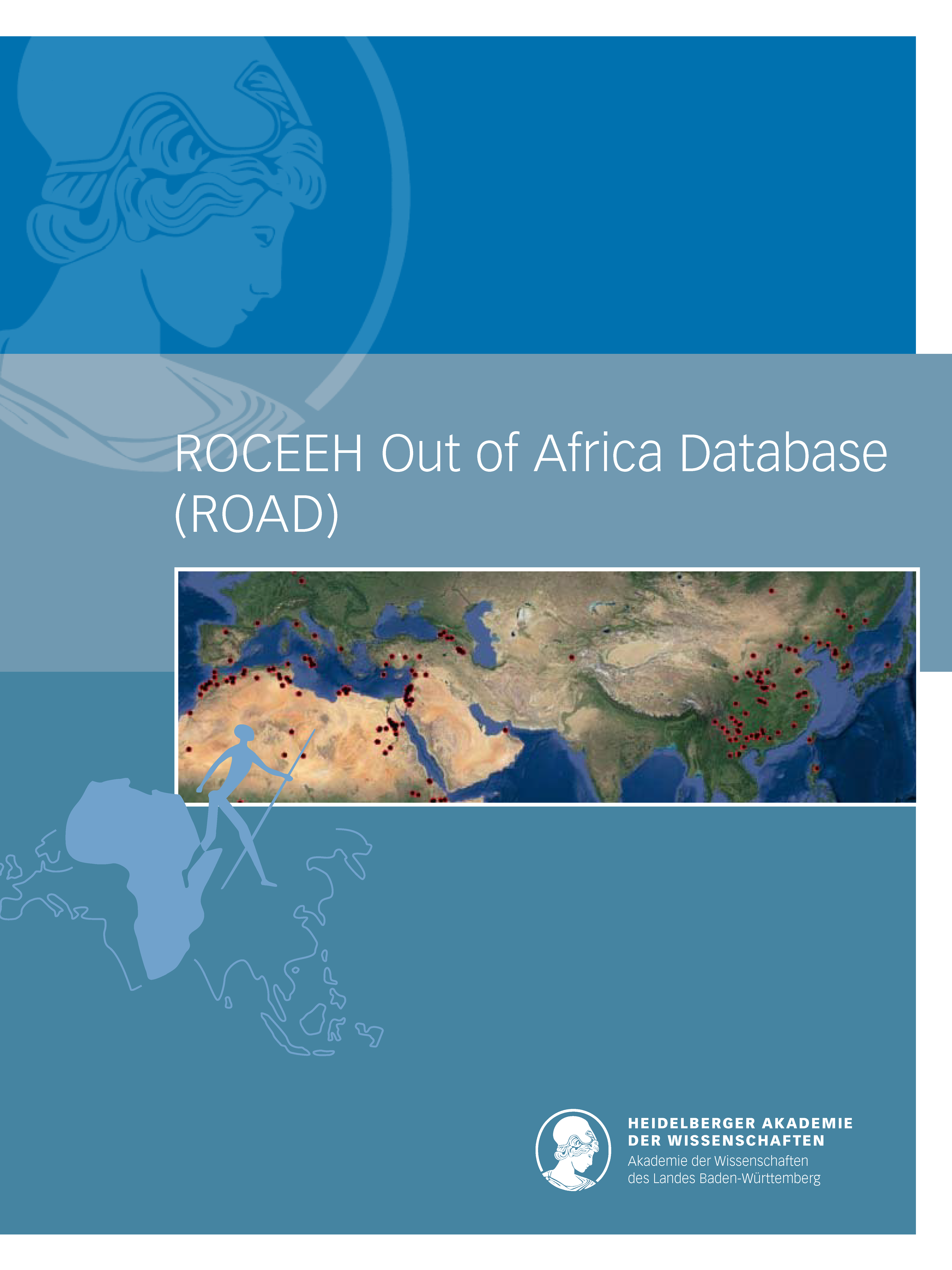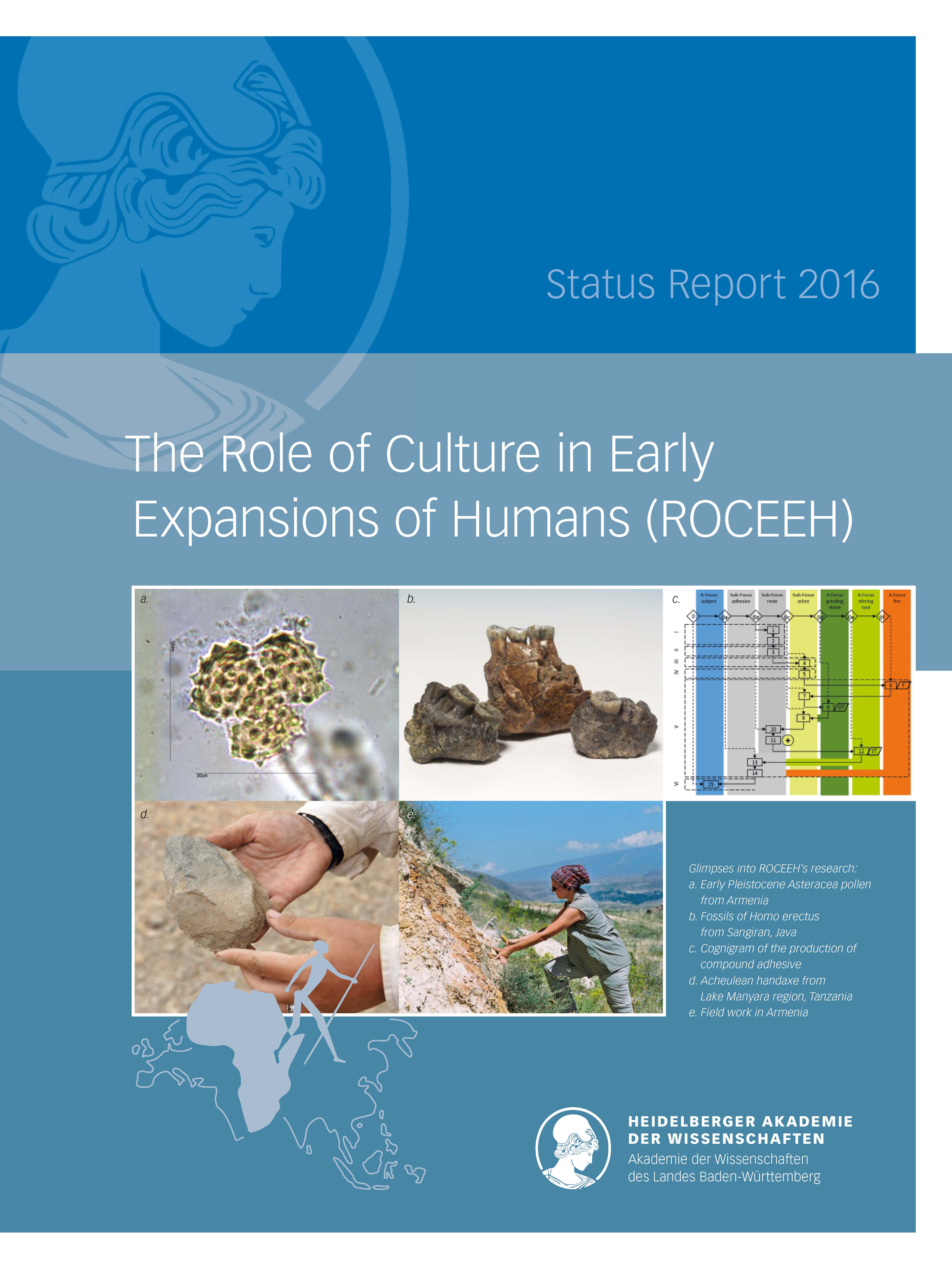Due to technical difficulties, the database is currently only accessible from the Heidelberg University network or via eduroam. We are working to restore functionality as quickly as possible and apologize for any inconvenience.
ROAD | Newsletter | Annual Reports
ROAD - ROCEEH Out of Africa Database
At the core of the project is the compilation of data about archaeological and paleoanthropological sites within the chronological and geographic range. Information about the sites and their associated assemblages is accessible in different types of publications and databases. By collecting data systematically and placing it at the disposal of other researchers, ROCEEH freely offers access to information that is otherwise not readily accessible. Thus, ROCEEH enhances the knowledge available about the cultural heritage of our deep past. These data are organized in a multidisciplinary, web-based, geo-relational database known as ROAD (ROCEEH Out of Africa Database) with advanced geographical information system (GIS) functionality. Thus ROAD unifies geographical data about sites with information about their stratigraphy and the cultural finds those layers contain. In addition, ROAD assimilates information on human fossil history, fauna, flora, and climate, and provides this information to model early human habitats. In addition to compiling data systematically, the ROCEEH team analyzes the content of the ROAD database through case studies which examine different cultural phenomena. The results are integrated into a digital atlas detailing the development of humans and the environment.
Since September 2021 the information stored in the ROAD Database can also be searched through the European Archaeology Portal ARIADNE.
The access to the ROAD datasets is one of the topics in the recent ARIADNEplus Research Infrastructure Newsletter.
https://ariadne-infrastructure.eu/roceeh-out-of-africa-database-road-available-in-the-portal/
Newsletter
Recent Newsletters | Brochures | ROCEEH Flyer | Previous Newsletters
If you wish to subscribe to future ROCEEH newsletters, please register here.
Recent Newsletters
Newsletter 24-2024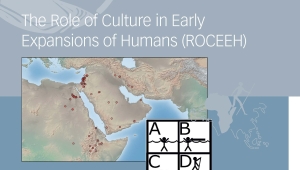 ROCEEH
|
Newsletter 23-2024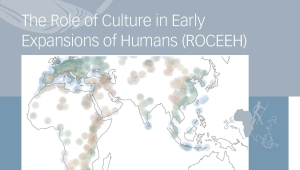 ROCEEH
|
Newsletter 22-2023 ROCEEH
|
Newsletter 21-2022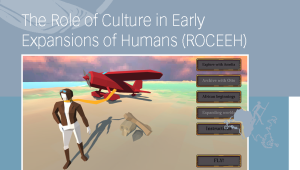 ROCEEH
|
Newsletter 20-2022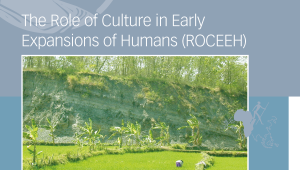 ROCEEH
|
Newsletter 19-2021 ROCEEH
|
Newsletter 18-2021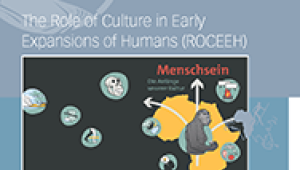 ROCEEH
|
Newsletter 17-2020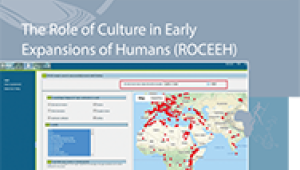 ROCEEH
|
Newsletter 16-2019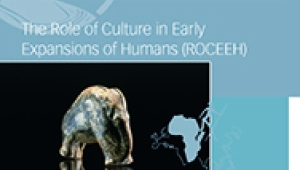 ROCEEH
|
Newsletter 15-2019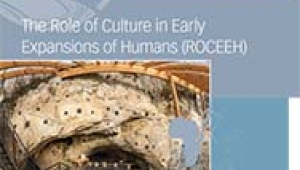 ROCEEH
|
Newsletter 14-2018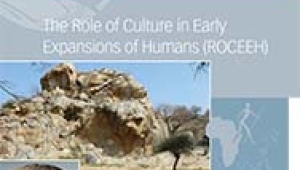 ROCEEH
|
Newsletter 13-2017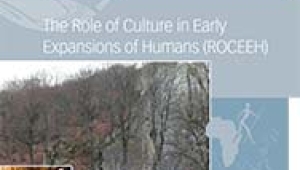 ROCEEH
|
Brochures
ROAD Brochure 2-2018 (Applications)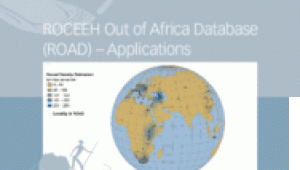 ROCEEH
In this second ROAD brochure, we focus on the practical applications that ROAD offers its users. ROAD provides a synopsis of prehistoric sites and cultures, opening up the deep past of humankind to further exploration. ROAD allows its users to compare, combine, analyze and visualize information about achaeological and paleoanthropological sites. We hope that ROAD will help scientists and the general public to better understand the wide spectrum of our cultural heritage. |
ROAD Brochure 1-2015 (Introduction)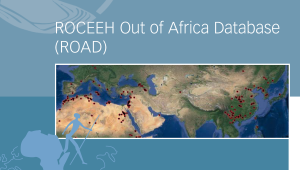 ROCEEH
A database is a valuable tool for managing the ever increasing amounts of digital data used in science and everyday life. Structure, quality assessment and accessibility of data require innovative approaches to maintain the life expectancy of a database. The challenge to build up a comprehensive system for the analysis of the early expansions of humans was triggered by our need to integrate interdisciplinary work from the fi elds of archeology, paleontology, paleoanthropology and paleogeography, as well as computer science. The ROAD database presented here is an open, web-based information system providing maps, view graphs and text explanations. It offers users the ability to carry out SQL-queries and spatial analysis about many aspects of early human expansions. |
ROCEEH Status Report 2016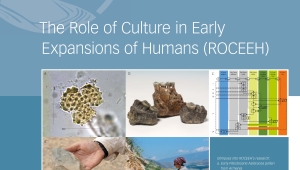 ROCEEH
As a result of theoretical debates and case studies performed over the last years, ROCEEH has developed new views on expansions, as well as on the dynamics and interactions of human evolution. Expansions are a central concept not only for spatio-temporal dispersals in human evolution, but also for the understanding of hominin cultural capacities and the specific environment, the developmental forces and drivers in these fields, and the relationship between range, physical/mental/behavioral performances and the use of resources. Therefore, ROCEEH adjusted its objectives.The structure of the research center has matured since the initial proposal of the project and this development is represented in the status report 2016. |
ROCEEH Flyer
Flyer 2015


